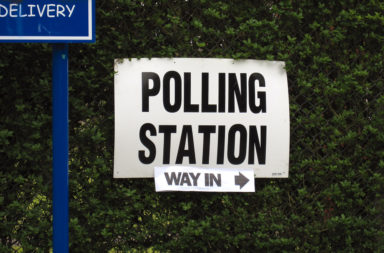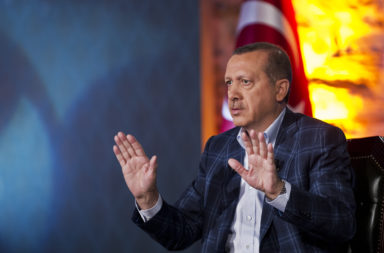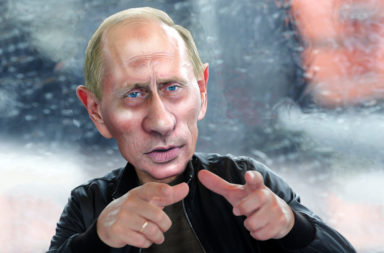Mrs Napolitano’s starting point for approaching the issue was the question of physical borders, and where they are to be found in Europe.
Speaking from the US perspective, she cited the Rio Grande on the US- Mexican border as an example, but made lear that neither these kind of natural obstacles, nor artificial fortifications were enough to address mass migration towards the more prosperous areas of the world like the US or the EU.
When people reach the physical border it is already too late. What is needed instead, is an international response to the root causes of mass migration.
In instances were a lot of immigrants come to a country within a very short period of time, political backlash and regulatory responses are to be expected. This was the case at least three separate times in US history. During the 19th century migration of Germans to the US, in the early 20th century when Irish and Italians came in large numbers, and during the great Chinese immigration wave which led to the Chinese Exclusion Act.
Eventually all of these minorities integrated successfully.
In the late 1990s, during the presidency of Bill Clinton, Latin American immigration reached an unprecedented peak, with as many people streaming to the US, as are now arriving in Europe.
Part Mexican economic migrants, part political refugees from central America, the new wave of immigrants presented the US with serious problems. The wall put in place by president Clinton ultimately proved ineffective as the migrants simply rerouted through Arizona.
Working from this experience, Mrs Napolitano shared three observations about the European crisis:
1. Europe has no clear natural border and, in any case, absent international cooperation there will be problems to uphold any physical border
What Mr Trump is proposing in the US to fix the migration issue is not a strategy but a political soundbite. „You show me 10 foot wall and I show you a 12 foot ladder“, she said.
What fortified borders can do, however, is put states in control of the situation. “This is the proper role of infrastructure“. It is meant to ensure transparency about who is entering the EU.
2. Confusion between immigration policy and security policy.
Confounding the two has very serious implications. This is happening right now in Europe with ISIS, and happened before in the US with the War on Drugs and the War on Terror.
But immigration policy cannot ensure the safety of the citizens. With thousands of people crossing the border each day, it is very difficult to identify bad actors. Instead what is needed is an approach that monitors virtual borders. This means a sharpened focus on data sharing, inter agency cooperation, and more recources to law enforcement.
3. Europe immigration will not be solved without stability in Syria, Libya, North Africa.
In the end this requires an international approach to address the root causes of migration, rather than just a short term fix aimed at keeping people out.
How to manage integration?
There needs to be a process in place that ensures everybody coming is vetted and that clears up what kinds of services arrivals an expect. Furthermore the question needss to be solved how migrants are evenly distributed across Europe, and who pays for what. Finally, everything must be done in a way that the European people feel is fair, with everybody chipping in.
Mrs Napolitano closed by praising Germany’s courageous leadership role but made clear that Europe now had to figure out who can stay, who will be turned back, how to manage the integration of those already here.





